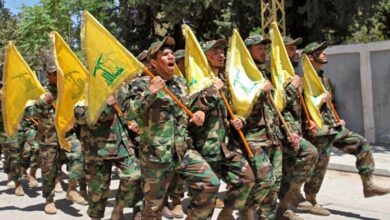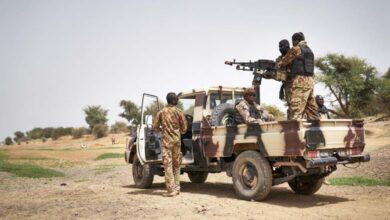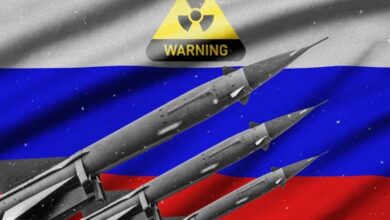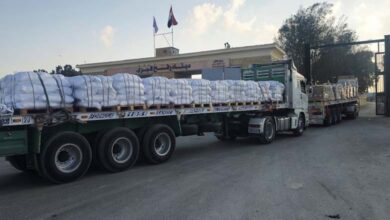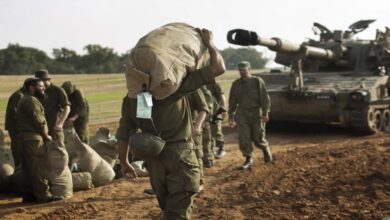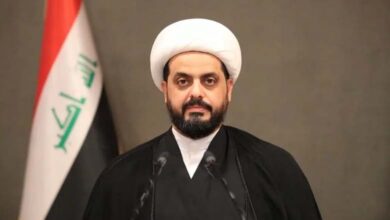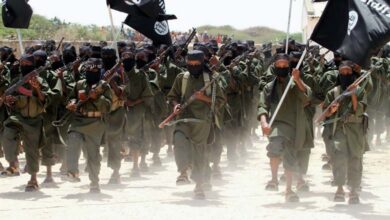Iran Plans to Restore Its Influence in Syria: Will It Use ISIS or Other Factions?
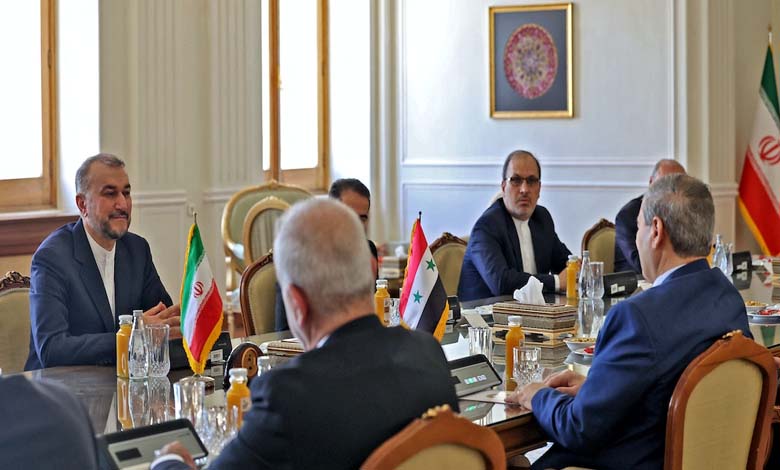
Tehran is desperately trying to regain its influence in Syria through various means after losing a vital sphere of influence, which is considered a key asset in regional and international dealings, especially with the West and the United States, as experts have noted.
-
The forest fires crisis in Syria threatens the fate of farmers
-
Iran attempts to move thousands of militants to border areas between Syria and Lebanon… Why?
Experts have confirmed that the routes to return are diverse, some of which involve paths through entities hostile to Iran. The surprising element in this context is ISIS, which is active in several areas within Syria.
Some experts also suggest that the Iranian Revolutionary Guard Corps (IRGC) might seek to form alliances or cooperate with factions that were once opposed by Iranian militias. These factions defected from Hay’at Tahrir al-Sham after recent disagreements regarding the distribution of temporary power in Damascus and the placement of military forces.
-
Did Iran succeed in breaching the culture and official education in Syria?
-
A Syrian analyst reveals the Iranian plan and its objectives for expansion in the region
In this context, international affairs expert Aslan Al-Houri believes that Tehran is not only focused on restoring its influence in Syria, but is also keen to keep some of its hidden factions in areas controlled by remnants of the previous regime.
Al-Houri believes that these factions have an anticipated role in reorganizing some groups that had cooperated with or were aligned with the previous regime, but have recently taken a step back.
-
Fears of Iran Exploiting the Syrian Earthquake… and sending weapons to Hezbollah under the cover of international aid
-
A drone killed a commander of Iran’s Revolutionary Guards near the Iraqi-Syrian border
He further suggests that there could be multifaceted cooperation between the IRGC and entities and groups that were originally hostile to Iran, as part of Tehran’s attempt to reenter Syria.
He pointed out that one of the primary entities involved is ISIS, which is currently based in several regions of Syria. There may be an indirect alliance between ISIS and the IRGC through logistical cooperation or other means. This could give Tehran an unannounced leverage to strengthen its presence in the Syrian equation, especially in its negotiations with the United States and European countries.
-
Russia and Iran expressed their concerns about Syrian and Libyan fighters in Nagorno-Karabakh
-
Security Chaos Returns to Syrian Regions… Hayat Tahrir al-Cham Members Top the List of Accused
Al-Houri mentioned that one of the means Tehran is using to return to Syria is through cooperation with entities that were previously in conflict with it. He specifically pointed to the possibility of communication and alliances with armed factions that were once affiliated with Hay’at Tahrir al-Sham but recently broke away due to disputes over temporary power-sharing in Damascus and the distribution of military forces.
Similarly, political analyst specializing in Iranian affairs, Taha Abu Nidal, believes that “sleeper cells,” which Iran still controls, will play a significant role in the near future. Some of these cells have experience in establishing new factions from groups that feel wronged based on religious or sectarian lines, to be mobilized at the right moment to reinforce Iran’s presence after their full rehabilitation.
-
Damascus bans entry of Iranians via airports after threats from Tehran
-
Libyan Muslim Brotherhood Member Incites Armed Resistance Inspired by Syrian Factions
-
Syria Monitor: 101 dead in clashes between pro-Turkish, Kurdish forces
He confirmed that Tehran has spent billions of dollars on these militias in recent years, relying on their roots to guarantee its return by arranging matters with remnants of entities linked to the previous regime, which remain hidden for now.



